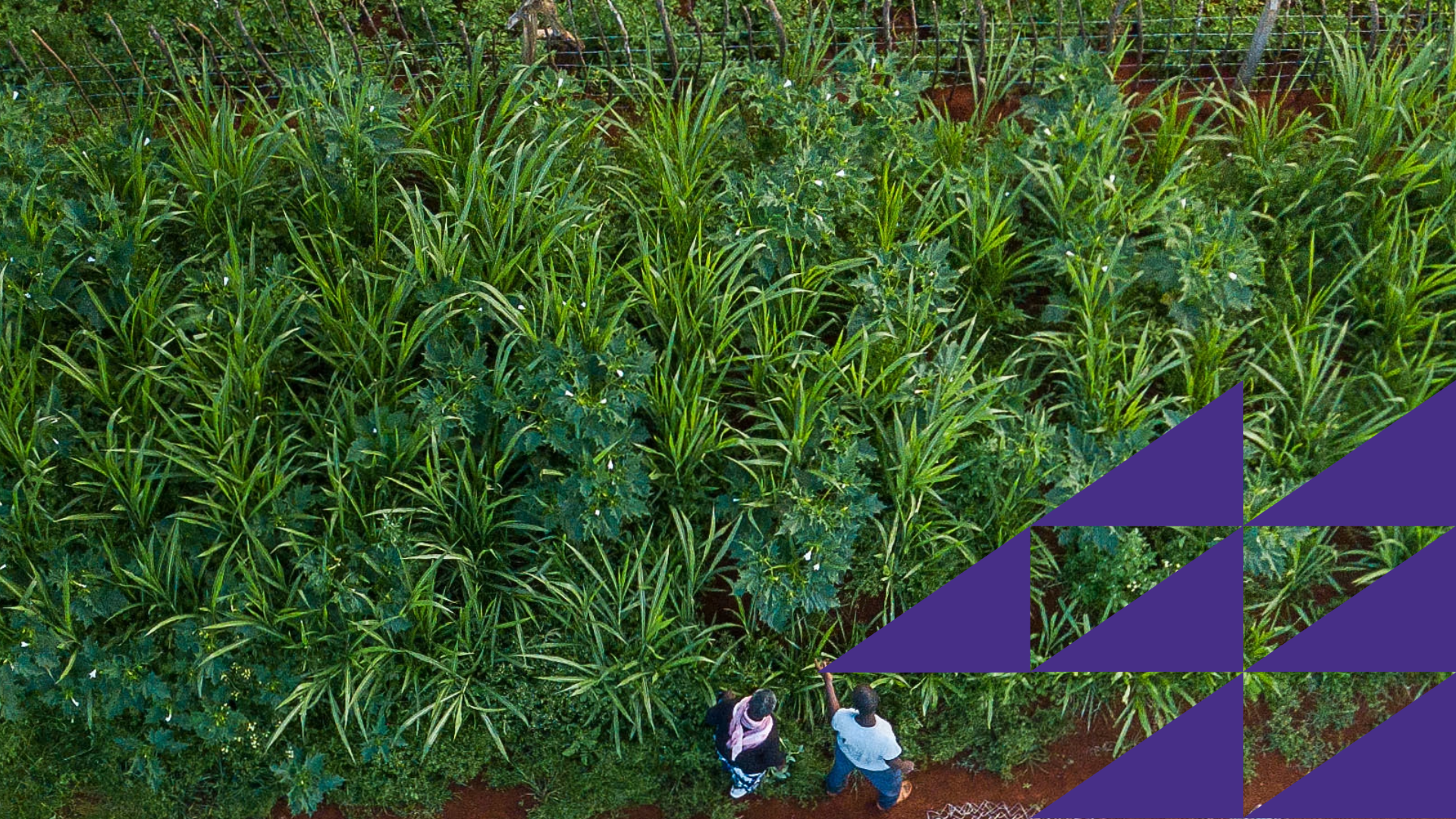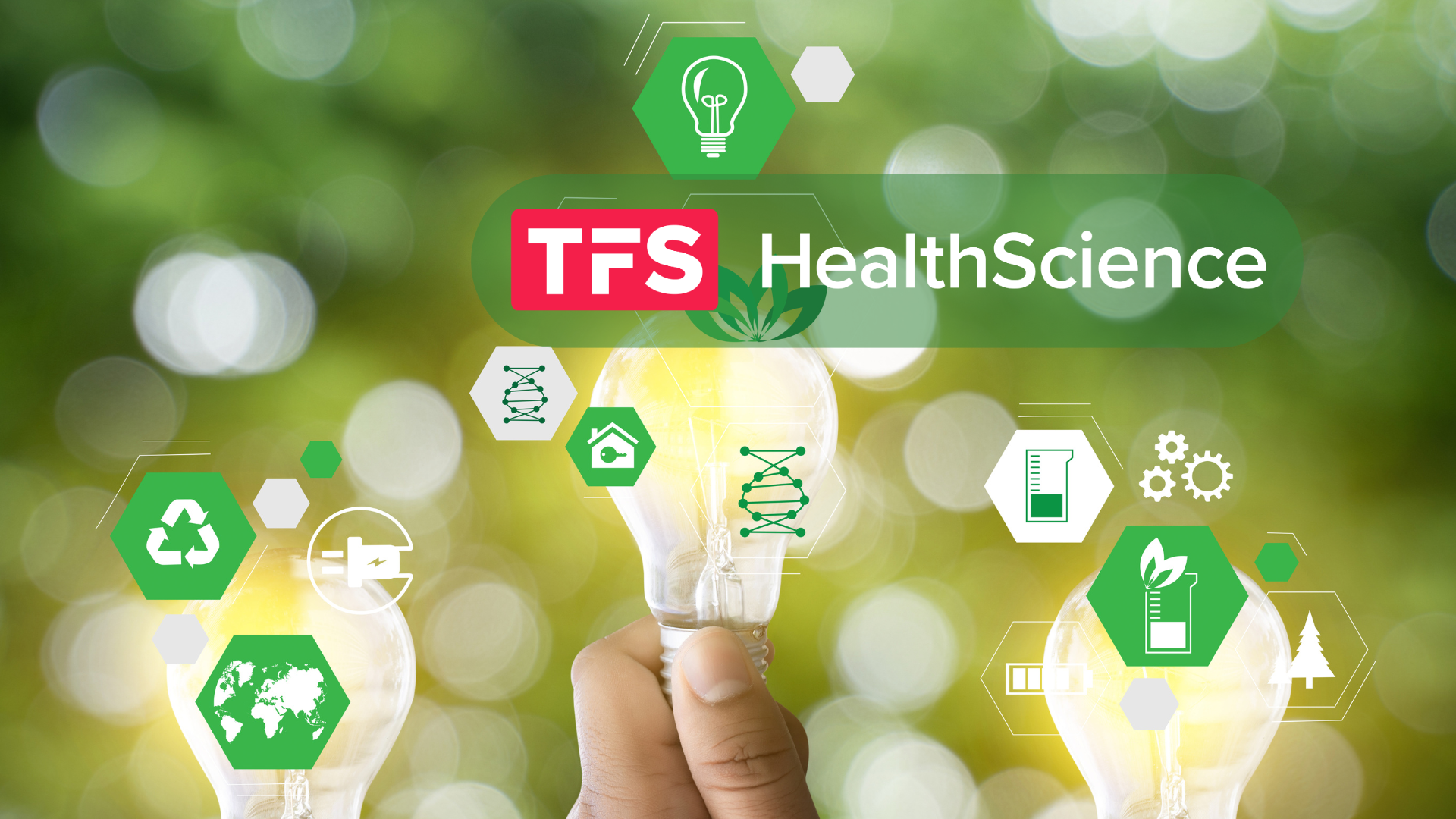The Price of Permanance – what we give for what we gain
February 10, 2025
The market for projects that use technology to remove carbon dioxide from the atmosphere is growing rapidly, but despite this, few projects have actually been realized. Leading actors have sold millions of credits for projects that are still under development, often with promises that the carbon will be stored permanently for thousands of years. But what significance do these types of projects have for other sustainability areas, such as biodiversity or ecosystem services? We request a more holistic approach.
Over recent years, the emerging Carbon Dioxide Removals (CDR) market has grown, and millions of credits have already been sold, despite very little CDR yet happening. The leaders in this field have sold 3.3 and 4 million credits respectively to be generated from their bio-energy carbon capture and storage (BECCS) facilities that are currently in development. The CDR industries main selling point is the promise of permanence, meaning that they are sure the carbon represented by your carbon credit will be removed from and not be returned to the atmosphere for thousands of years.
There are many metrics to measure the quality of a carbon credit, and permanence is just one of them. We should also consider how funding from the voluntary carbon market (VCM) can be utilized to deal with the various aspects of the polycrisis* we currently face, weather this is framed through planetary boundaries, sustainable development goals or other frameworks. The interlocking issues we face require holistic solutions that tackle multiple problems together or we risk building solutions to climate change that only exacerbate other systemic issues.
The phenomenon of Carbon Tunnel Vision has turned the attention globally towards climate change at the expense of other issues. Many companies have measured their greenhouse gas emissions, but few understand their impact on water, biodiversity and land use.

Some nature-based solutions to climate change can have positive impacts on biodiversity, water, poverty reduction and food security. Meanwhile clean cooking technologies improve air quality and reduce health problems associated with indoor smoke. BECCS technology may be able to durably store CO2, but it does little else where so much more is needed.
This is not to say CDR technologies do not have a role, the current R&D in the field is exciting and it may scale to become a good addition to the toolbox. However, as we have already passed the safe operating space on 7 of 9 planetary boundaries, we must think about how we can positively impact multiple earth and social systems, and take responsibility for our non-climate impacts. Purchasing carbon credits that are embedded in social and environmental justice is just one way to do this.
*Polycrisis refers to a state where multiple crises intertwine, their causes and processes inextricably bound together to create compounded effects.
De senaste åren har marknaden för teknik som avlägsnar koldioxid från atmosfären (Carbon Dioxide Removals – CDR) vuxit, och miljontals krediter har redan sålts trots att väldigt lite koldioxid avlägsnats. De ledande aktörerna inom detta område har sålt 3,3 respektive 4 miljoner krediter för projekt som bygger på bioenergi med koldioxidavskiljning och lagring (BECCS), trots att dessa anläggningar ännu är under utveckling. CDR-industrins främsta försäljningsargument är löftet om permanens, vilket innebär att de är säkra på att den koldioxid som lagras kommer att avlägsnas från atmosfären och inte återföras på tusentals år.
Det finns många sätt att mäta kvaliteten på en kolkredit, och permanens är bara en av dem. Vi bör också överväga hur finansiering från den frivilliga marknaden för köp av kolkrediter kan användas för att hantera de olika aspekterna av den “polykris” vi står inför. Oavsett om detta ramas in inom de planetära gränserna, de globala målen för hållbar utveckling eller andra ramverk, kräver dessa komplexa problem vi står inför holistiska lösningar som tar itu med flera aspekter samtidigt. Om inte riskerar vi att skapa lösningar på klimatförändringar som bara förvärrar kriser i andra led.
Fenomenet “Carbon Tunnel Vision” har riktat uppmärksamheten globalt mot klimatförändringar på bekostnaden av andra frågor. Många företag har mätt sina utsläpp av växthusgaser, men få förstår sin påverkan på vatten, biologisk mångfald och markanvändning.
Vissa naturbaserade lösningar på klimatförändringarna kan ha positiva effekter på biologisk mångfald, vattenfrågor, fattigdomsbekämpning och livsmedelssäkerhet. Samtidigt kan t.ex. projekt som distribuerar effektiva spisar förbättra luftkvaliteten och minska hälsoproblem i samband med inomhusrök. BECCS-tekniken kan lagra koldioxid på ett hållbart sätt, men gör lite annat där det behövs så mycket mer.
CDR-teknik har en viktig roll att spela. Den nuvarande forskningen och utvecklingen inom området är spännande och kan skalas upp till att bli ett bra komplement i verktygslådan. Men eftersom vi redan har överskridit det säkra handlingsutrymmet på 7 av 9 planetära gränser, måste vi tänka på hur vi kan påverka flera problem i positiv riktning samtidigt. Att köpa kolkrediter från holistiskt hållbara projekt med positiv påverkan på lokala samhällen, biologisk mångfald och ekosystem är ett sätt att göra det.
*Polykris avser ett tillstånd där flera kriser samverkar, deras orsaker och processer är oupplösligt sammanbundna och skapar sammansatta effekter.


